I am hoping someone can help me with a inexpensive irrigation system for my yard this coming summer. First a little background:
1. Our lot is approximately 13,000 square feet with approximately 10,000 square feet of grass and mulched beds (trees, shrubs and perennials). We moved into the house in 2006 and it was new construction.
2. We are in the process of a two to three year planting plan (this spring will be year two). This plan includes creating large mulch beds filled with trees and shrubs and filled in with perennials and groundcover (see attached photos). Last year we created the beds in the backyard and planted many trees and shrubs. This spring we plan on adding a few trees (replacing trees that didn't survive last year and adding new ones along the back of the lot) and filling in the beds with perennials. We will also be creating beds this spring along both sides of the house.
{{gwi:82181}}
{{gwi:82182}}
{{gwi:325452}}
{{gwi:325454}}
3. The grass in the front yard was sodded and in the back in sides was seeded. THe backyard was called Deluxe (bought at F&G) and is a mix of the following:
34% Perennial Rye
33% Kentucky Bluegrass
33% Creeping Red Fescue
I believe the front is similiar but not sure. The back has filled in nicely while the front is not so full. I believe the issue with the front is that it faces the west so receives a lot of afternoon sun, and in a lot of areas the builder left leftover concrete and asphalt buried just below the surface (I dug up one strip along the driveway and found chunck of asphalt). The strips along the driveway and the parkway (between street and sidewalk) are almost bare except for weeds during the middle of summer.
Like I said earlier, I am looking for inexpensive solutions to water well. This system would be a temporary (a year or two), as we hope to install a more professional, permanent system. After reading up on the topic over the past few days, I have come up with the following solutions:
-Use the hose bibs (one on each side of the house) as the watering source. Unfortunately the pipe running from the main on both is only 1/2" pipe I think so it does not provide the pressue I'd like. I have run another bib to the garage so I am capable of adding a 1" line if need be but this will add cost.
-Add a timer immediately after hose bib connection. Originally I was looking at the Orbit four valve timer (http://www.amazon.com/Orbit-58872N-Complete-Yard-Watering/dp/B003LY4I2) but it is expensive and only allows for control of two valves from what I understand. Right now I am leaning on a single timer at each bib followed by a four way valve after it.
-For grass areas I am planning on burying hose in the mulch beds where ever possible and under grass in the other areas leading to sprinkler heads. In the past we have used pulsating and oscillating sprinklers. I hate moving the hoses around all the time and never seem to get the 1" of water in an area even after leaving a sprinkler on for hours in one spot.
-For the mulched beds I am debating between soaker hoses, drip lines (seem most efficient and customizable)or Nelson Simple Soaker System (http://www.menards.com/main/plumbing/water-systems/watering-irrigation/sprinklers/simple-soaker-system/p-1921909-c-8661.htm). I've read that drip lines are the most expensive, but I can get 100' of 1/4" tubing for $10. I know I would need emitters then but I still don't see the high price. Soaker hoses run $10 for 75' but only cover 3' width so would need a lot. The Nelson Simple Soaker System looks good but it is $15 for 50' and I'm not sure of how wide an are it covers (the ad claims 12' diameter) and not sure how efficient and durable they are.
I'm open to any and all suggestions. Like I said earlier, I am trying to save money (we have a lot of other landscaping costs) so I probably won't install it all at once either (probably do one system or zone at a time). Thanks in advance!

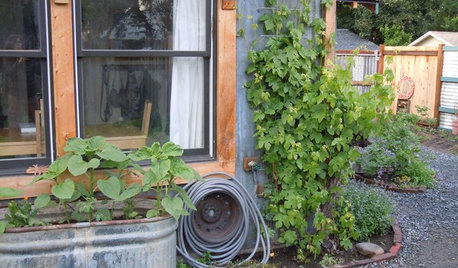
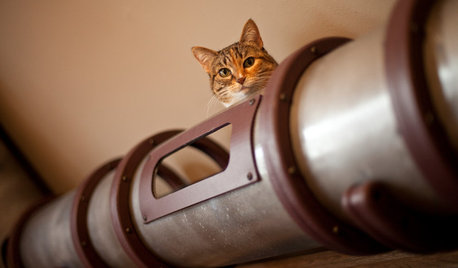

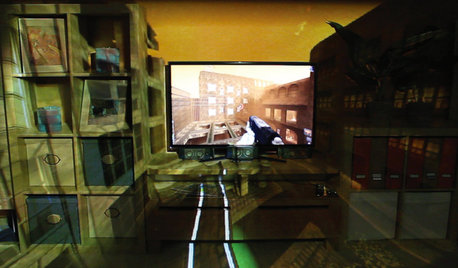
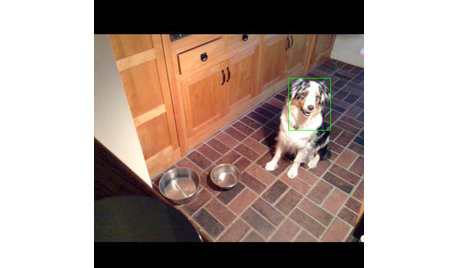


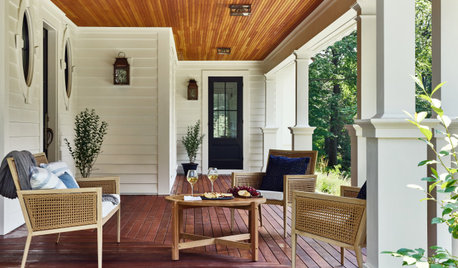









lehua49
midwestguy33Original Author
Related Professionals
Manhattan Beach Landscape Architects & Landscape Designers · Manchester Landscape Contractors · Annandale Landscape Contractors · Brockton Landscape Contractors · Los Banos Landscape Contractors · Pompton Lakes Landscape Contractors · Seven Hills Landscape Contractors · Soddy Daisy Landscape Contractors · Wallingford Landscape Contractors · Four Corners Landscape Contractors · Lockhart Solar Energy Systems · Elmhurst Solar Energy Systems · Muscatine Solar Energy Systems · Wasco Solar Energy Systems · Moraga Solar Energy Systemsuncle_t
lehua49
midwestguy33Original Author
lehua49
midwestguy33Original Author
midwestguy33Original Author
whitecap